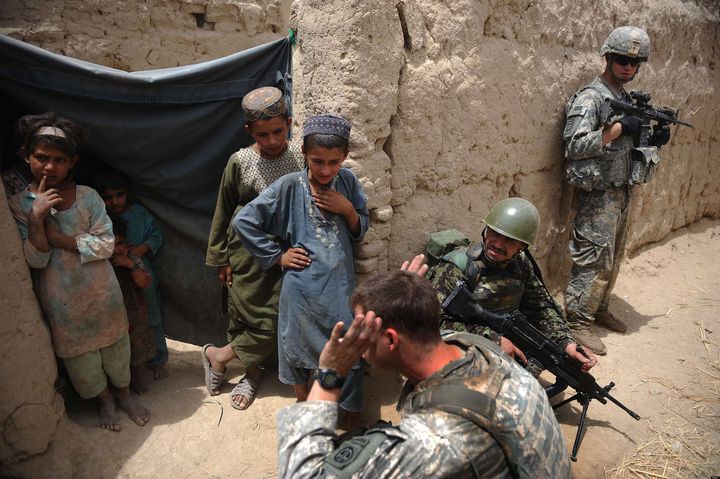
Today's Af-Pak round-up:
IEDs kill 75% more Afghan civilians than in 2009. Improvised explosive devices deployed by the Taliban have killed 1,859 Afghans this year, compared to 1,057 killed in the same period last year, according to media reports compiled by USA TODAY. In southern Afghanistan, where coalition troops have been deployed in heavy numbers to repel a Taliban insurgency, civilian deaths from roadside bombs have reportedly risen 132% since last year. [USA Today]
What TIME's Aisha cover doesn't tell us. TIME magazine seemed to rehabilitate NATO's mission in Afghanistan with its Aug. 9 cover photo of Aisha, an 18-year-old Afghan woman whose nose and ears were cut off on the orders of a Taliban commander, which carried the headline "What Happens if We Leave Afghanistan." However, notes the New York Times, it is unclear whether NATO troops can prevent women's rights from backsliding if they stay in Afghanistan—after all, Aisha's nose and ears were cut off while, not before, international forces arrived in Afghanistan. [NYT]
U.S. reforms key Afghan prison. The U.S.-run Bagram Air Base detention facility was often likened to Iraq's Abu Ghraib prison and served as a powerful propaganda tool for Taliban forces. But today, conditions in the prison have improved considerably. Prisoners at the Parwan Detention Facility, as it is now called, can play soccer, receive visits from their wives and children, and are fed traditional Afghan food. U.S. commanders hope these changes will persuade inmates, once released, to reintegrate into their communities and support the Afghan government. [USA Today]
Poverty and insurgency may not be linked. Though a recent poll by Oxfam found that 70% of Afghans blame poverty for the Taliban insurgency, a study by the Economist has found that the provinces that have claimed the most coalition casualties are the ones with the lowest poverty rates. The Economist admits that because its study measures violence against international forces rather than Afghan civilians, it cannot exclude the possibility that Afghans themselves face more violence in poorer provinces than in richer ones. [Economist]